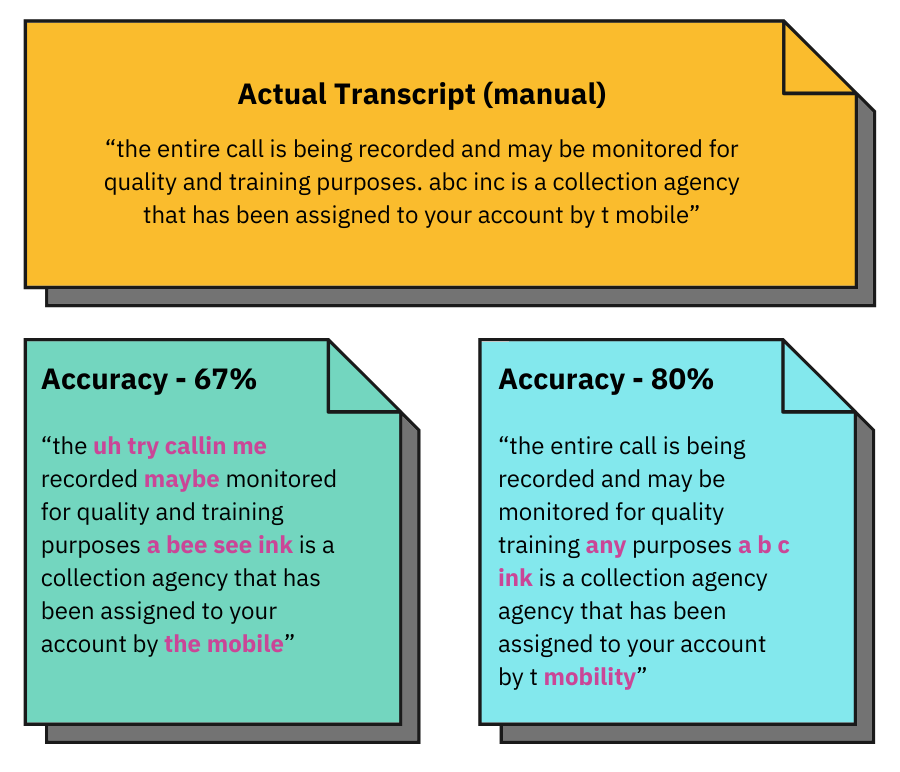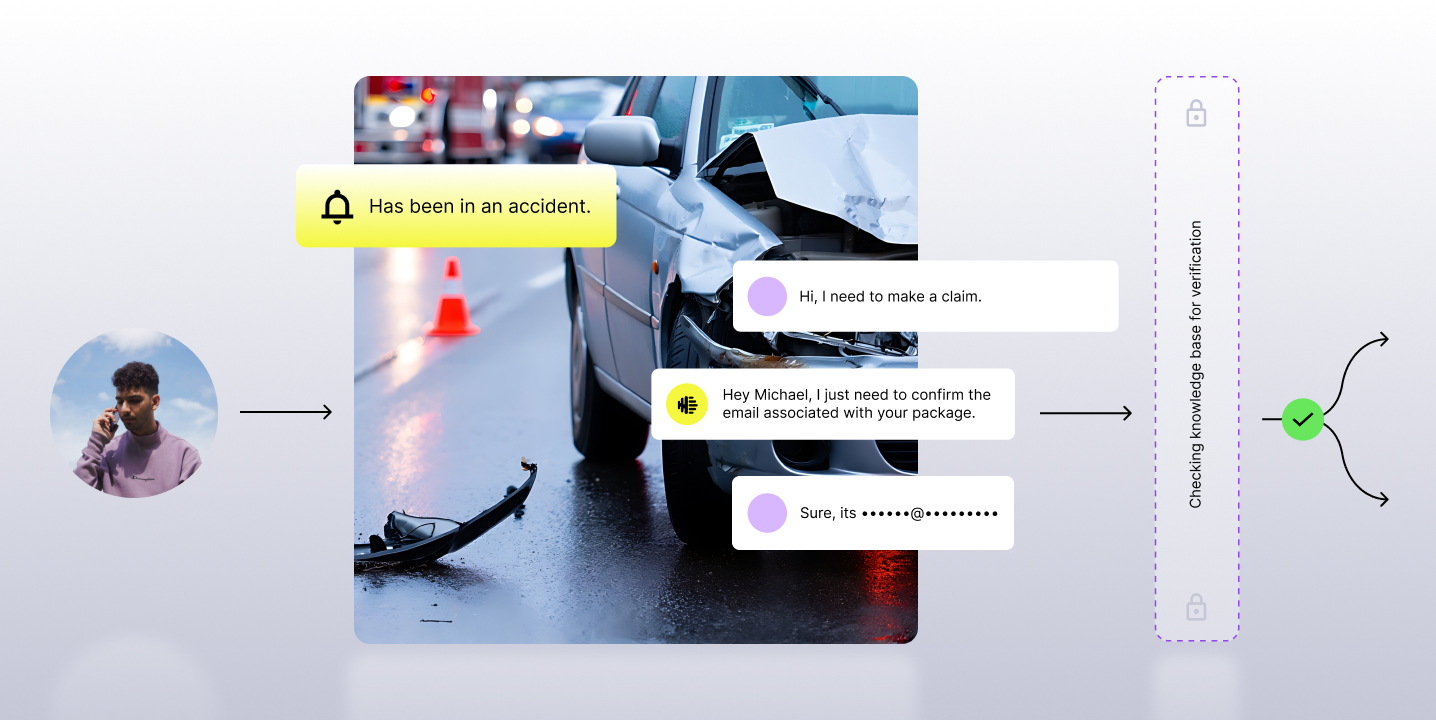We sat down with one of our founders and CRO, Sharath Keshava Narayna, and 3CLogic’s Chairman and CEO, Denis Seynhaeve, to talk about the top challenges and opportunities contact center leaders will face in 2021.
What lessons can contact center leaders learn from the remote workforce and digital transformation shift that took place during the pandemic?
Sharath: In 2020, we learned how resilient contact centers are and how critically they impact today’s businesses. While it was certainly an interesting year, contact center leaders secured a much bigger seat at the table. They fielded more interactions, grew headcount and budget as we shifted away from brick and mortar experiences, and became more data and insight-driven.
Recent research highlighted that the remote workforce setup of contact centers is working, with the vast majority of contact centers (84%) planning to leverage a hybrid work from home and from the office model post COVID-19.
Denis: It was surprising to see how well - and how quickly - some companies adjusted to the sudden necessity of shifting to a full remote model.
While many organizations already had some experience using remote agents, very few had dealt with the challenge of having their call center administrators and supervisors also working remotely.
This highlighted the need for better tools to assess agent performance, and gauge customer experience.

What were some interesting customer experience trends you saw in 2020?
Sharath: We saw data accuracy, integrations, and partner ecosystems become more critical to the contact center’s success as leaders looked to get 100% visibility into every interaction. We saw companies move away from measuring CSAT to focusing more on how to reduce DSAT (dissatisfaction) by leveraging sentiment analytics.
Omni-channel experiences continue to take center stage, with almost three-fourths of customers wanting consistent experience across all channels, but they still aren’t the holy grail.
Most leaders see that they are not hitting their KPIs on channels like social, email, and chat because they are still learning how to scale them, so interaction analytics and customer journey analytics have become increasingly important.
Denis: I agree with Sharath. Although customers are getting comfortable with using self-service channels for simple queries, COVID-19 only reinforced that voice remains a truly unique communication channel. When dealing with something really important, people need to speak with a real person on the phone to get their customer service issue resolved. Digital channels lack empathy, and limit your ability to deal with complex issues.
What are some of the most interesting ways new technologies will shape CX in 2021?
Denis: AI is going to continue to disrupt and shape customer experience.
Where it will be especially impactful is in agent performance. AI gives the ability to better identify and train agents on the most timely and relevant coaching opportunities. That’s critically important given that right now, agents are acting as the face of the company while everyone stays home.
Soon, real-time transcription will make it possible to support agents live during their calls, feeding them relevant information from a system of record such as ServiceNow, Salesforce, or Microsoft Dynamics.
Even more importantly, transcribing 100% of the calls and applying sentiment analysis produces valuable customer insights that the agent can use to personalize the experience. AI contextualizes the richness of those voice interactions, providing real, accurate, and actionable insights.

Sharath: We see that AI and speech technologies have played a big role in driving the contact center’s success. We also see that AI use cases around bots and automation are certainly improving, but they are not some of the most practical, ROI driving use cases in the market today. They also come with many authenticity, accuracy, and scalability challenges.
In fact, we see that more leaders are focused on automating workflows and improving the agent experience through AI-powered coaching rather than automating full-on interactions while we wait to see technology improve a bit.
What are some of the biggest mistakes enterprises make when implementing Contact Center AI and other new CX technologies?
Sharath: This year we got a lot of calls from businesses who felt they made a mistake by selecting AI and NLP technology partners based on a laundry list of features. The reality is that factors like how your team is trained on new technologies; the level of onboarding, training, and ongoing customer service you receive; how easy tools are for your team to use, adopt, and integrate; and data accuracy are much more important.
Denis: A lot of companies continue to use siloed solutions.
We believe traditional Contact Center functions, and voice in particular, must be deeply integrated with a CRM or system of record such as ServiceNow to deliver superior customer experience.
Can you share some examples on how customers accurately measure the quality and value of their CX? What role does AI play?
Denis: Getting an accurate pulse of Customer Experience is only possible if the interaction between the enterprise and its customers is measured and tracked in ways that weren’t available before using AI.
Getting the true “voice of the customer” instead of relying on agent’s notes or limited interaction sampling make the most relevant issues and areas of possible improvements bubble to the top.
Then, a proper next step or action can be triggered, such as training agents specifically where their performance needs improvement.
Sharath: Accuracy is the key word here! As contact centers become more data-driven and look to augment and automate processes in real-time, very high speech-to-text transcription accuracy becomes an absolute necessity. You simply cannot make decisions about performance management, or get an accurate picture of customer sentiment with poor data. Accuracy must be 80%-90% or higher.

Can you give an example of the benefits that specific vertical industries, such as airlines, can get by implementing real-time speech recognition and text analysis?
Sharath: Airlines will undoubtedly be some of the biggest benefactors of real-time speech recognition and text analysis. With COVID, airline agents are handling increasingly sensitive conversations about health and safety, government regulations, and so much more. We believe that real-time coaching, KPI monitoring, and quality assurance automation are three key opportunities.
Denis: With real-time speech analytics, airlines as well as a number of other industries will be able to suggest to their agents the most adapted response to customers inquiries during the interaction. They will also coach agents on how to better understand customer sentiment, display empathy, and build soft skills such as professionalism and active listening.
Why is analytics-driven coaching so important in a remote or fully hybrid world? What are the top trends enterprises are embracing?
Denis: In a work from home contact center supervisors do not have the ability to walk the floor, and quickly assess agent’s performance and attitude. This makes collecting and analyzing 100% of the calls incredibly valuable. Agents want to know how they compare to other agents based on metrics.

Sharath: With a distributed workforce, you must get more data-driven and transparent to build a trustworthy culture and a great place to work.
You have to imagine that over the years quality assurance is one area where agents did not have a lot of trust that they were being evaluated fairly when businesses were randomly listening in on just 1% of calls.
Why are so many contact centers prioritizing partnerships and integrated solutions? What are they really trying to solve for?
Sharath: It’s simple. Every contact center leader just wants to make it as easy as possible for their team to bring data in and out of their tools, including their CRMs, LMS, CMS, and BI tools. That’s exactly what we’re doing with ServiceNow and 3CLogic. As an example, with the integration between our three Platforms, contact centers can see all of their customer sentiment data right in ServiceNow. From there, quality analysts and supervisors can dive deeper into the interaction transcripts and execute their quality assurance and coaching workflows in a single click.
Denis: Remote agents and supervisors need to work efficiently from a reduced number of screens and systems. Ideally, your CRM information, call center solution and AI tools must all be tightly integrated together. All your data in one place, voice included. It makes everyone much more efficient.
Final Thoughts?
Sharath: 2021 is going to be the year we move from talking about customer and agent experiences to driving real engagement. We will see conversation intelligence tools that analyze speech and text really merge with workforce engagement tools. We will see that team’s who can leverage data and insights in real-time to better enable their workforce will thrive.
Denis: In order to deliver an extraordinary customer experience, enterprises need to break traditional silos between communications and data management, while leveraging new capabilities such as AI driven tools. Better trained and empowered agents drive better customer interactions, produce superior customer satisfaction, and result in stronger retention. That’s a win-win-win combo between agents, businesses and customers.
Interested in discovering how Observe.AI and 3CLogic can give you a one-stop Contact Center AI shop? Schedule a quick consultation today.

















